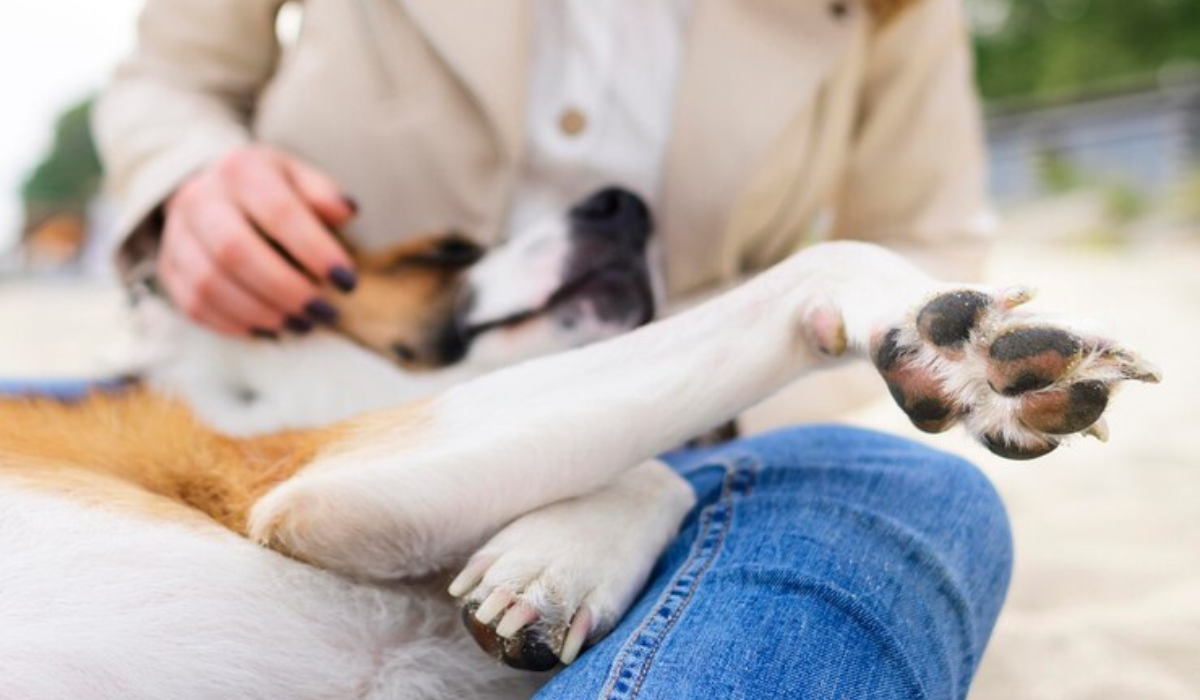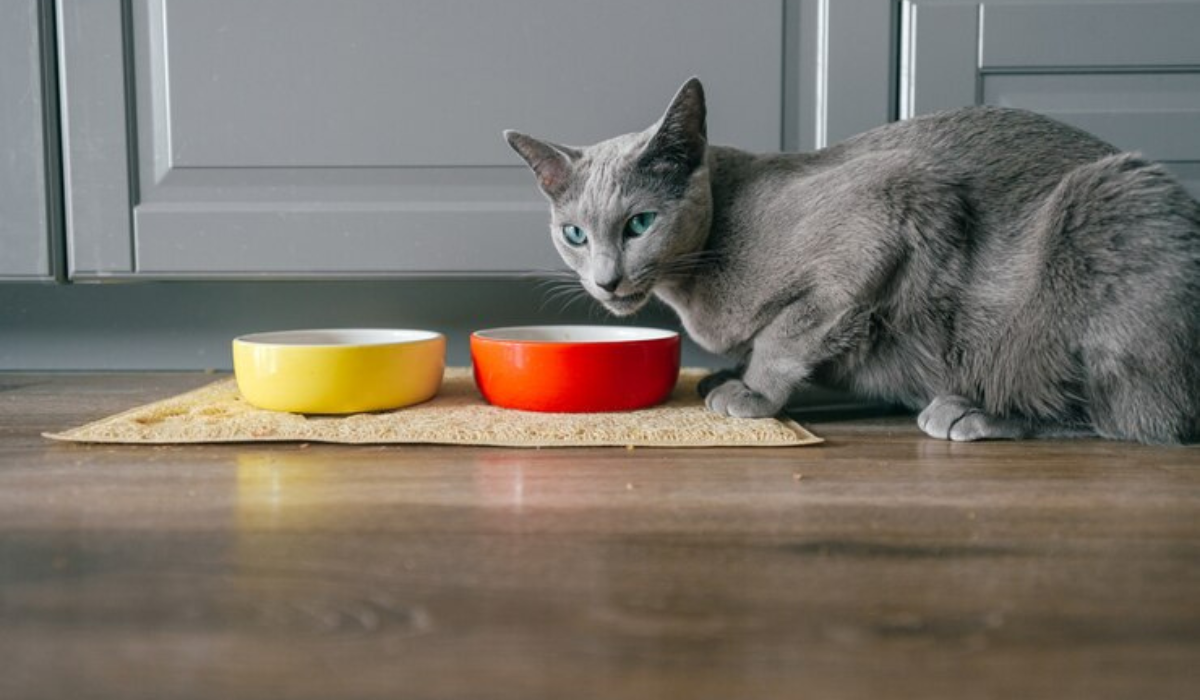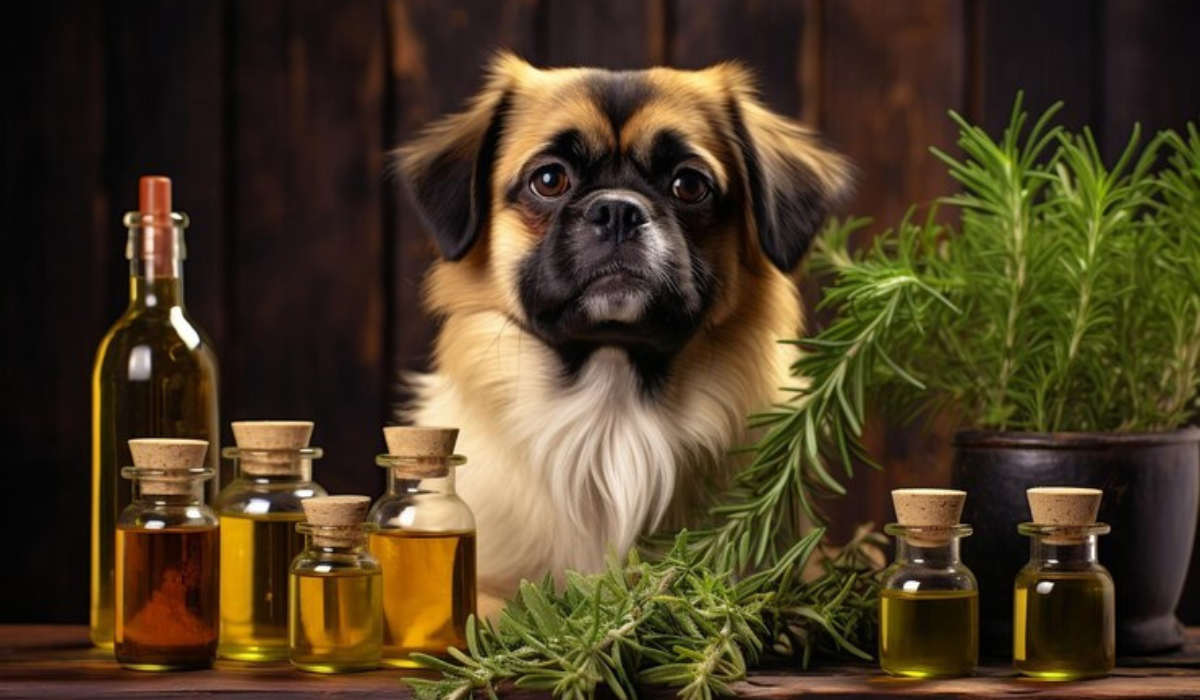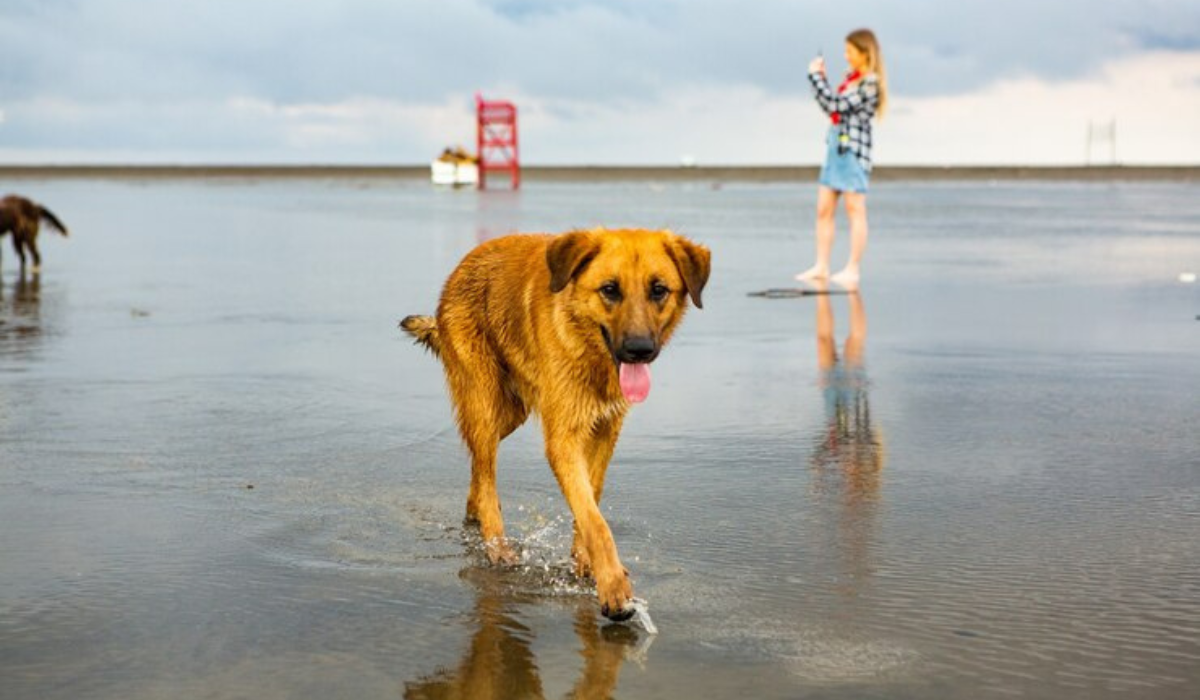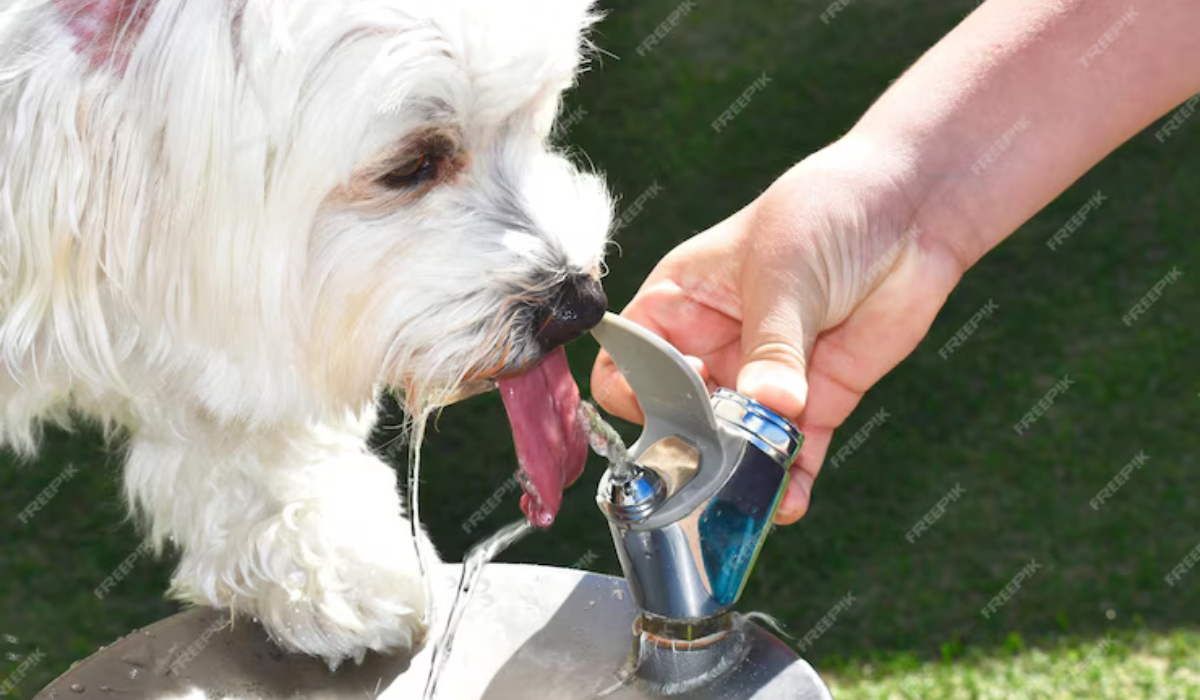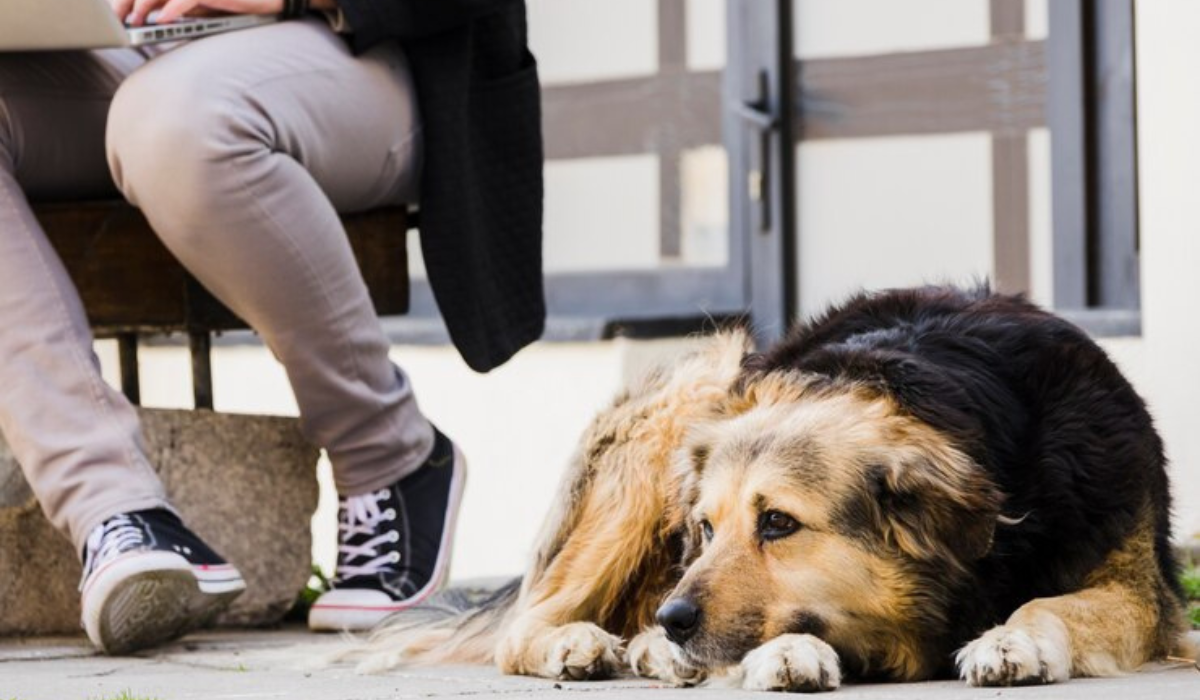Our cats are more than just pets; they’re cherished members of our families. The importance of providing a nutritious and safe diet for cats cannot be overstated. Although cats have specific dietary needs, it is equally important to know what they should avoid. Here are some essential tips for a well-rounded feline diet, along with the ultimate list of foods cats cannot eat.
The following foods are safe for cats:
-
Cats thrive on high-quality cat food formulated to meet their specific nutritional requirements. Be sure to choose reputable brands that prioritize real meat over all other ingredients.
-
Treat Tips: Treats can be a delightful addition, as long as they are nutritious, moderately calorie-dense, and have consistent ingredients. Apples, bananas, and cooked chicken are safe human foods that can be offered in small, cat-friendly pieces in moderation.
-
In contrast to dogs, cats have no documented toxicity to grapes. It is, however, advisable to avoid feeding grapes to cats for safety reasons.
Tips for treating:
-
Core Diet vs. Treats: Treats should never replace the core diet of your cat, but should complement it. A cat’s daily caloric intake should not exceed 5%.
-
Maintain a healthy weight for cats with weight control issues by feeding them low-calorie treats.
-
To prevent gastrointestinal upset, always provide fresh treats and avoid feeding moldy or rotten food.
Cats shouldn’t eat the following foods:
-
Alcohol, apples’ seeds, avocados, baked goods with xylitol, bones, and bread dough are among the harmful foods that cats can consume.
-
Cats can be poisoned by chewing gum with xylitol, chocolate, coffee, dairy products, and fatty foods. It is safer to avoid grapes even though they have not been proven to be toxic.
A few special considerations:
-
The smell, texture, and taste of meat wrappers and ties may attract cats. It is important to keep these items away from children since they can be life-threatening if ingested.
The best treats for cats are:
-
Ensure treats meet nutritional standards by looking for the Association of American Feed Control Officials (AAFCO) seal.
-
Choose treats specifically made for cats that follow AAFCO guidelines for a balanced and safe diet.
Core Diet reminder:
-
The main diet of a cat should be emphasized, not treats. High-quality cat food that is formulated specifically for your cat should be the core of your cat’s diet.
In conclusion:
It is important for pet owners to be aware of potential dangers and to make informed decisions about their cat’s diet. A veterinarian can provide personalized advice if you are uncertain. It is possible to create a safe and healthy diet for cats by following these guidelines, ensuring their well-being and longevity.



